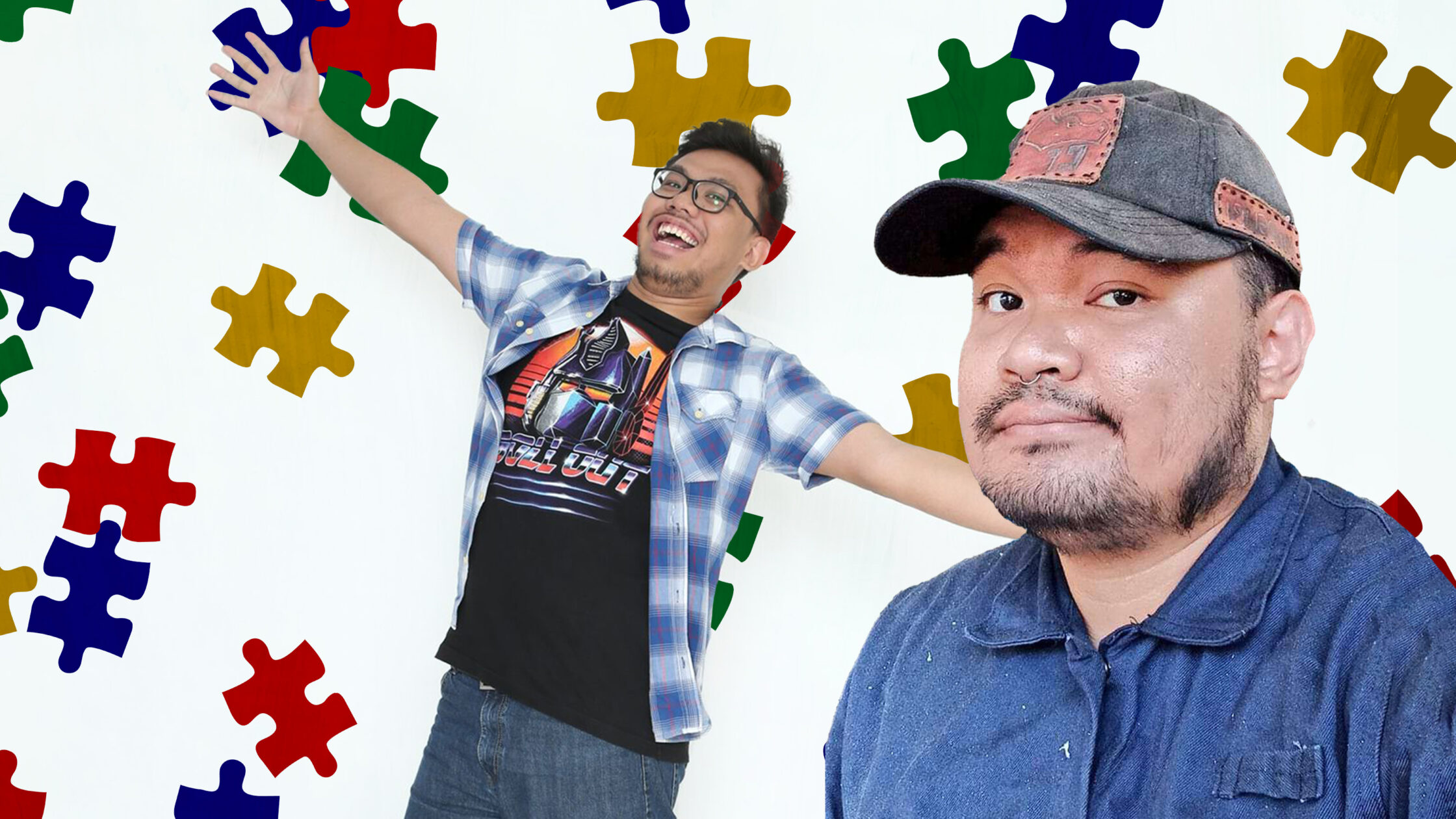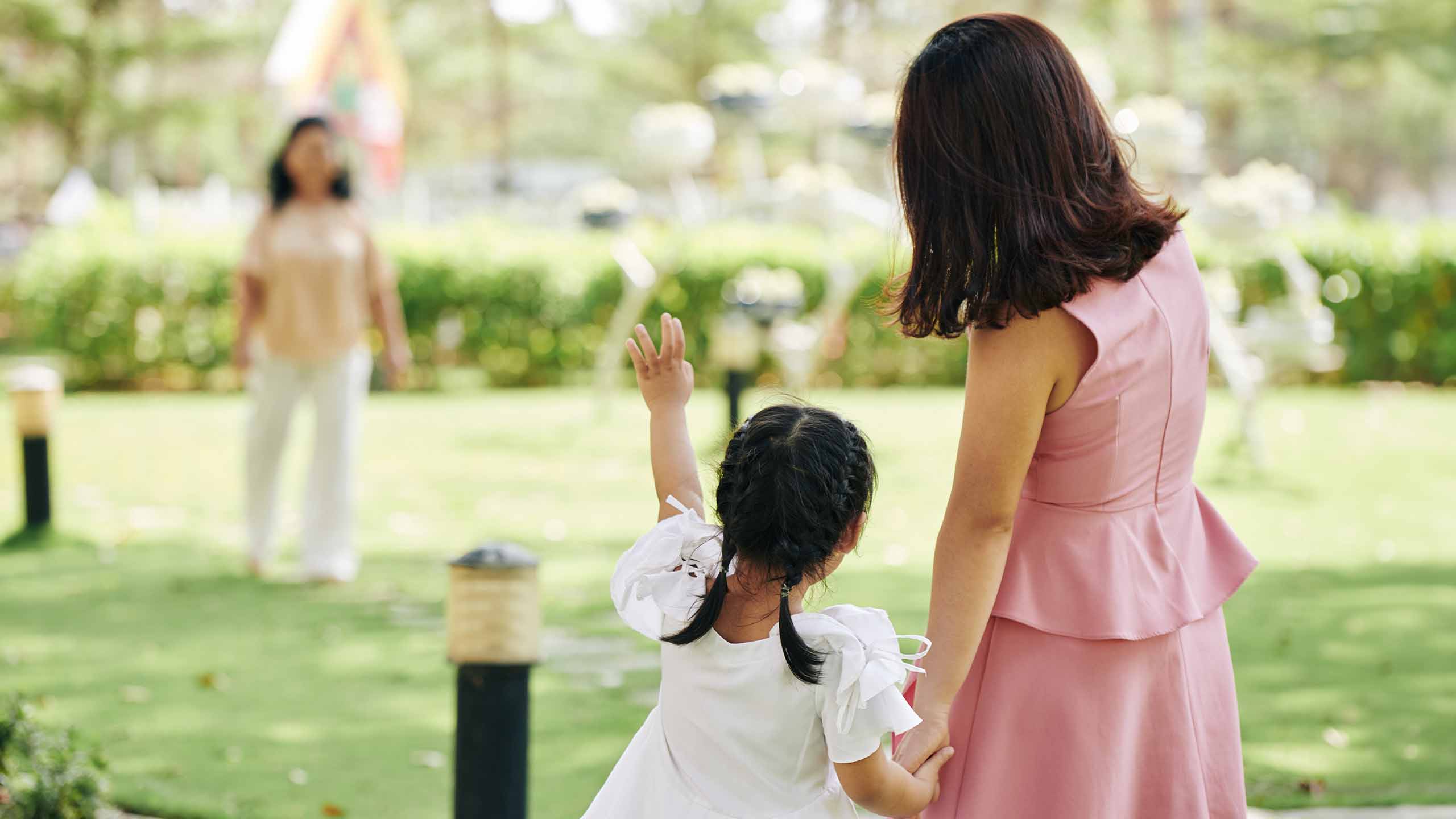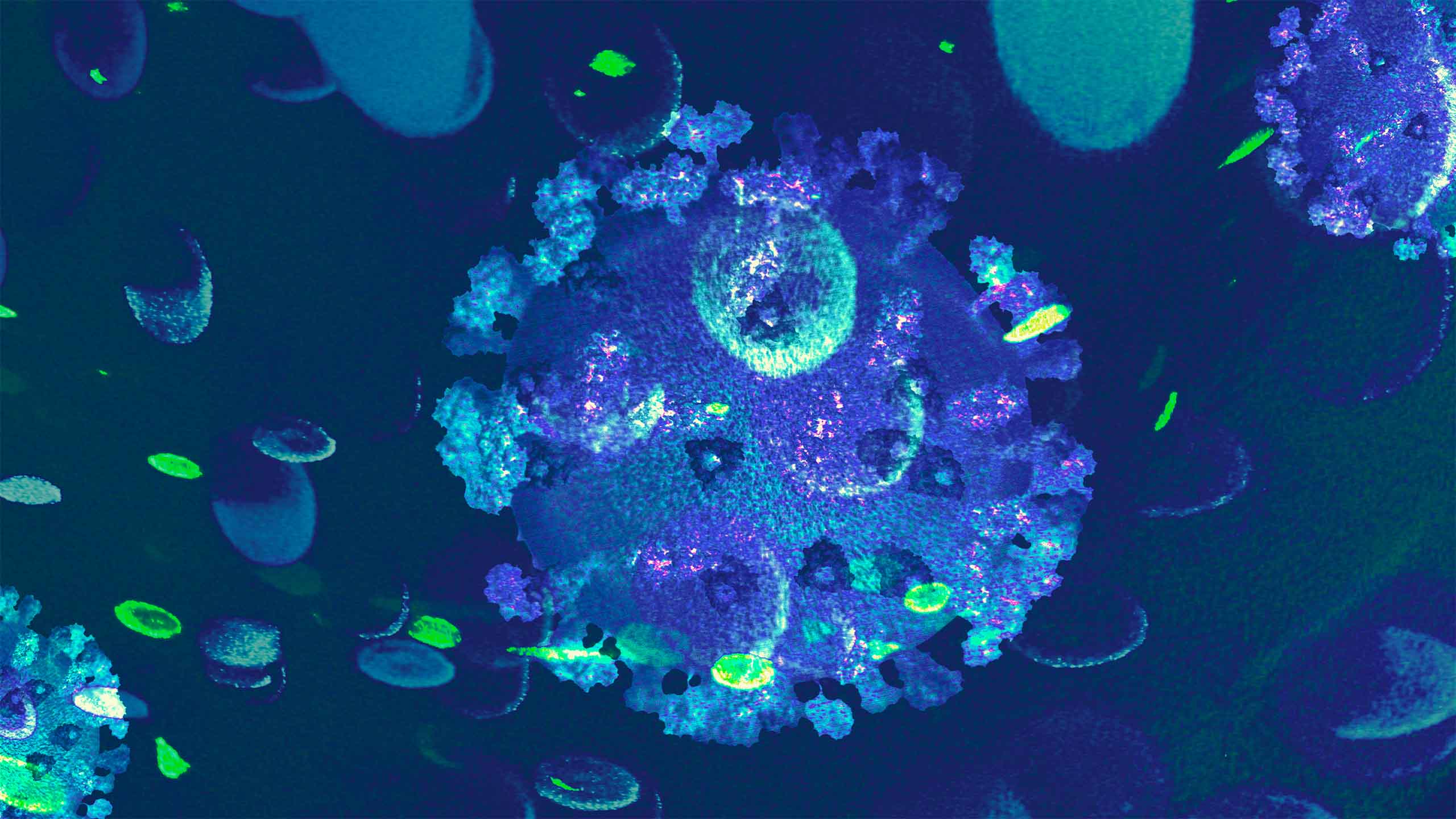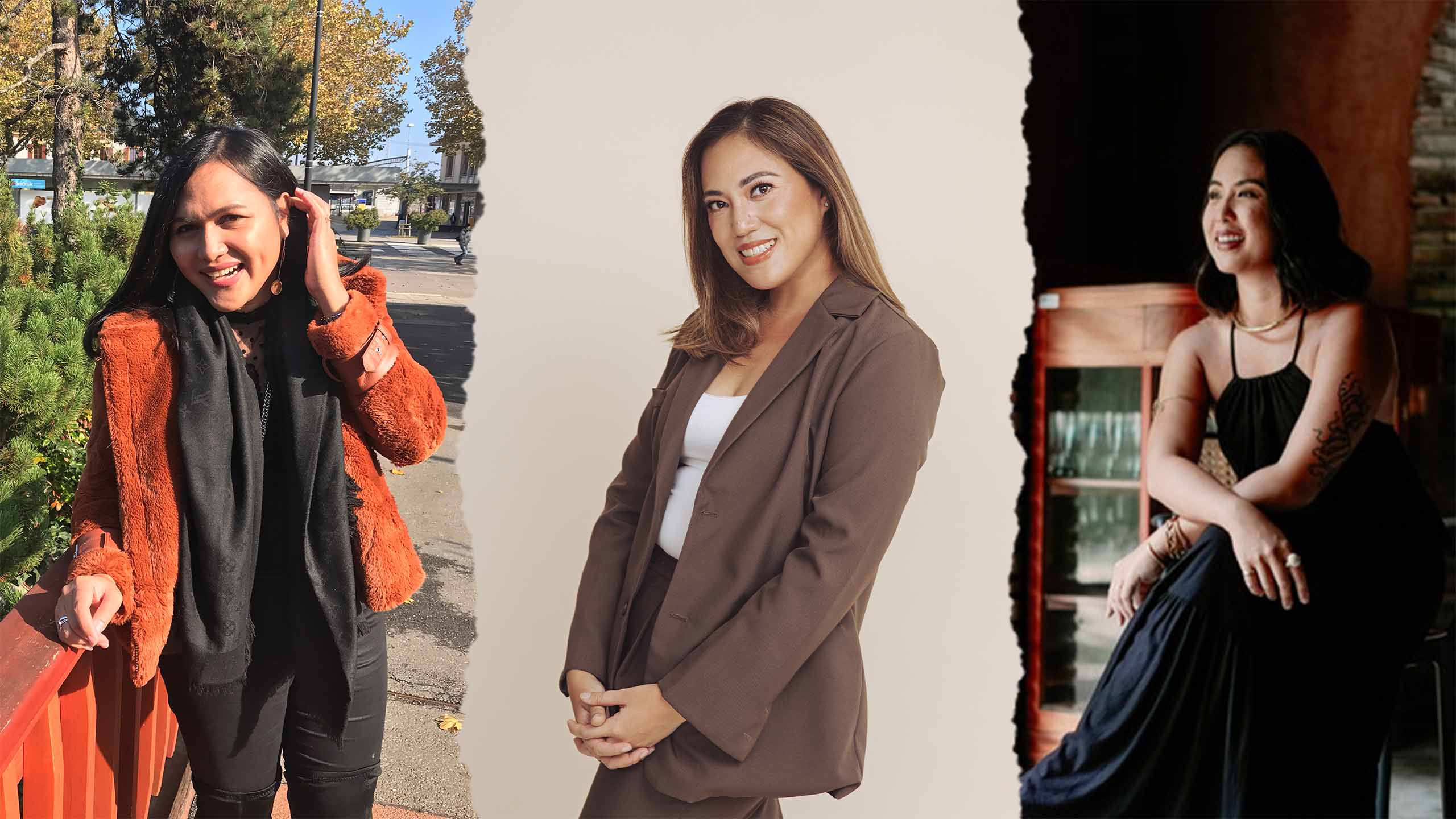Adulting With ADHD or Autism: Coping in the Typical World
The biggest question in parents’ minds is: how would their kids with ADHD or Autism cope when they’re not around?
Most parents see ADHD or Autism as a “life sentence.” Because there are some developmental delays, many people think that kids with ADHD and Autism can never become “successful” or “productive” in life. But, there are some who have discovered how to cope. The challenge, however, is still real. They try to find ways to make people more sincerely aware of the problem. Modern Parenting sat down with several adults with ADHD and Autism who grew up in a world that’s still struggling to understand.
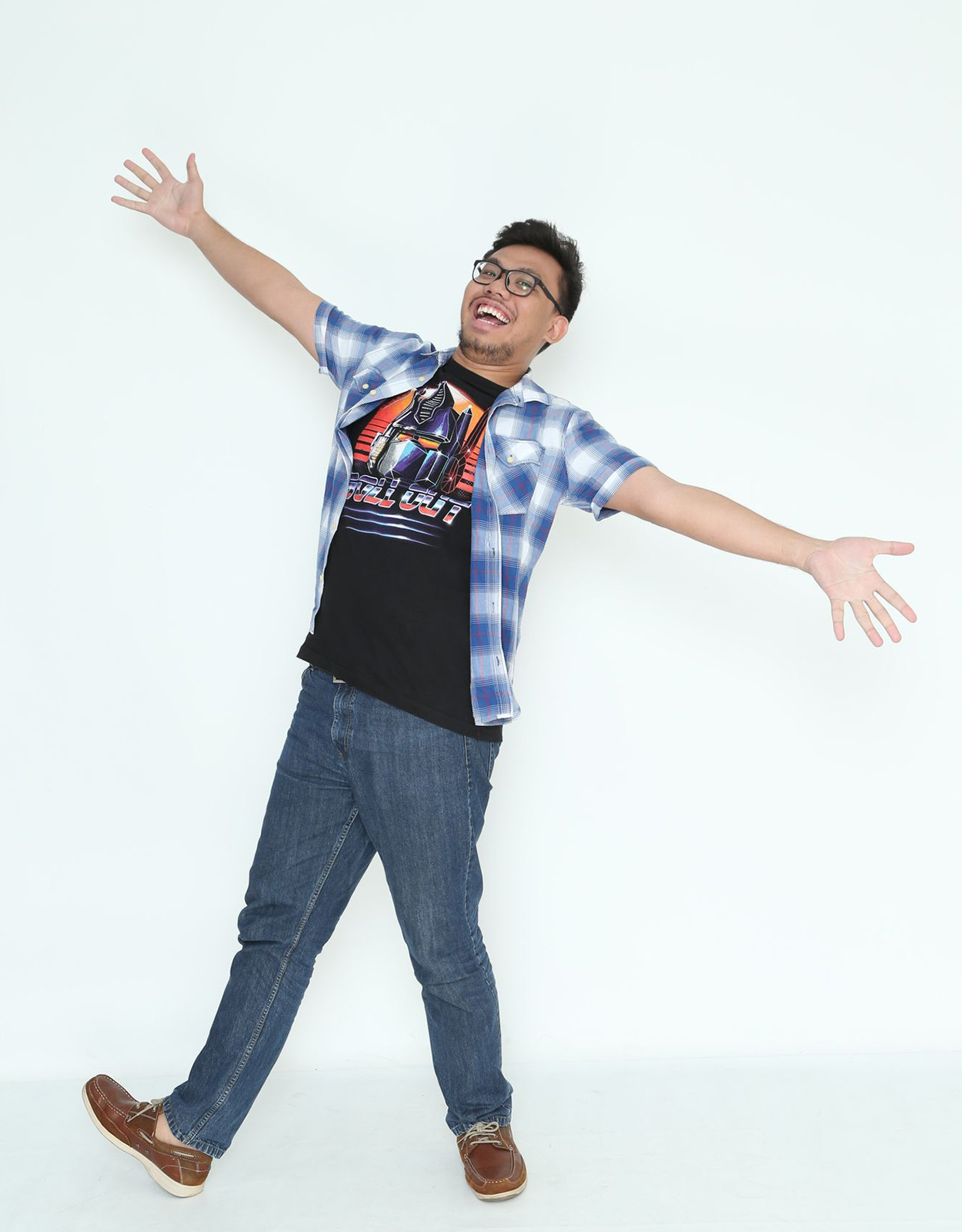
Surviving in a world that demands normal
Most parents are familiar with the story of kids with ADHD having a hard time to hold up in school. But some of these kids do manage to get “good enough grades.” Yet, no one really tells the story of how much of a struggle it was — including 29-year-old owner of Cowforged Foundry Ricardo Ligsay, who only received his official diagnosis of ADHD when he was in the fourth grade. “It never occurred to me that the extra effort it took for me mentally (and sometimes physically) had anything to do with ADHD. I just minimized it as growing up kid things,” he shrugs.
It’s why growing up with ADHD was a mix of “happy and unpleasant memories,” according to 24-year-old John Carlo Pagsolingan, a content writer for RemoteStaff PH, especially when trying to contain emotional outbursts. “The hardest part [for me] growing up with ADHD is learning to socialize well and controlling my emotions. That usually got me into a lot of trouble, most especially when trying to ‘read the room’.”
That’s also something that 29-year-old Larry Chuanico is familiar with, especially when trying to get along with his three other brothers. “Growing up with Autism and ADHD and Oppositional Defiant Disorder was hard because my colossal temper would repel people. I was always fighting because of how my brothers egged me on since childhood.”
The negative lingering emotions could be overwhelming as well. “The hardest part growing up was how I would easily get triggered by certain things or gain strong lingering negative emotions. My neurological condition makes me fixated often on certain stuff,” confides a 24-year-old associate (who chose to remain anonymous) from the Japan Exchange and Teaching (JET) program.
The world wasn’t ready for them yet
However, it’s not that these struggles did not go unnoticed by parents. Rather, they feared that the world was not yet ready to include their children as part of the neurotypical society — something that other Philippine families are still grappling with. Some parents like the mother of the Japan Exchange and Teaching (JET) program associate would go to great lengths to “hide” the diagnosis. “My mom kept it a secret but I began to suspect at an older age,” he shares, while recalling all the moments his mom brought him to developmental therapists. “I only found out after her death at 25 that I had Autism.”
All the more these struggles manifested during High School with Ricardo noting how those formative years were “pretty miserable as they usually go”, discovering another symptom commonly associated with ADHD: Rejection Sensitivity Dysphoria. “Like getting through grade school, I also didn’t think much of the “drama” of high school beyond how it’s just normal high school stuff,” he realizes. “The term [Rejection Sensitivity Dysphoria] wasn’t a thing to me at the time, so I just thought I was handling the ups and downs poorly. I guess looking back, my social skills were pretty stunted.”
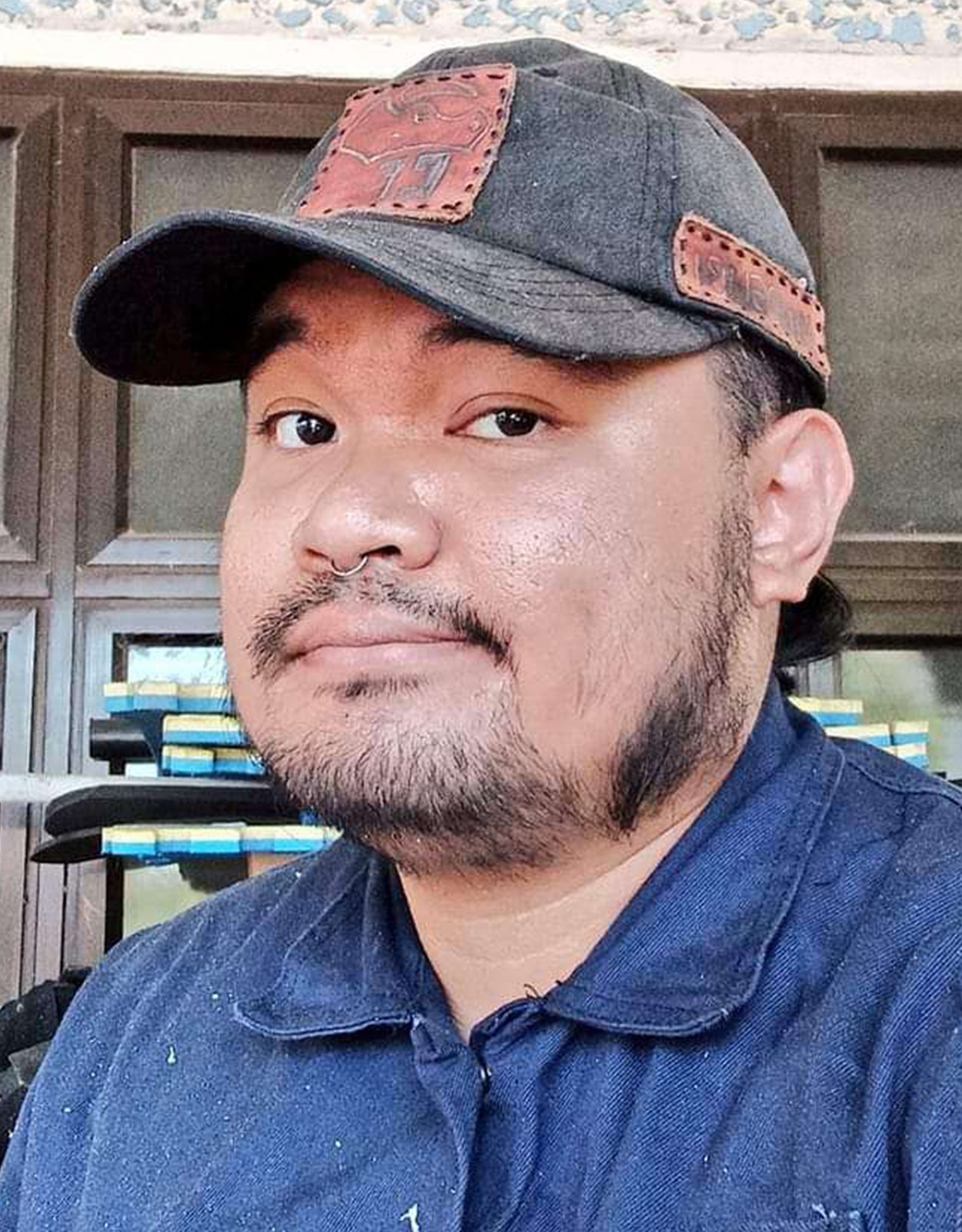
The same goes for Lance Calilung, a game developer who had to figure out his ADHD on his own. “Growing up with ADHD was very difficult, especially since I didn’t get any support from my parents for it. No medication or therapy. While growing up, it severely impacted my studies. I developed very unhealthy work ethics. It’s what led to a lot of problems later in my life.”
So, they made their own place in the world
Although ADHD and Autism were deemed a lifelong neurological condition, these young adults proved that it is possible to “live with it.” Their life of struggle and survival to navigate through the unspoken social and emotional conventions taught them that it is truly the company they keep that influenced them the most.
“After repeated miserable patterns and dealing with practically the same kind of self-absorbed manipulative people for a good chunk of what should’ve been the important foundation-building time of my life, I think it was important to first be able to recognize the kind of people I surrounded myself with,” admits Ricardo.
Larry echoes the same sentiment, seeing how “positive role models” helped him adapt. “I also make sure that I build connections with peers who are positive role models to help deal with the major changes in life. They say, if you change his behavior, you’ll notice a change in his personality. I know people give me leeway, but not by much.”
Today, the world seems to be heading towards a more inclusive society. Some perspectives even see ADHD and Autism more as an “evolution” rather than a “delay.”
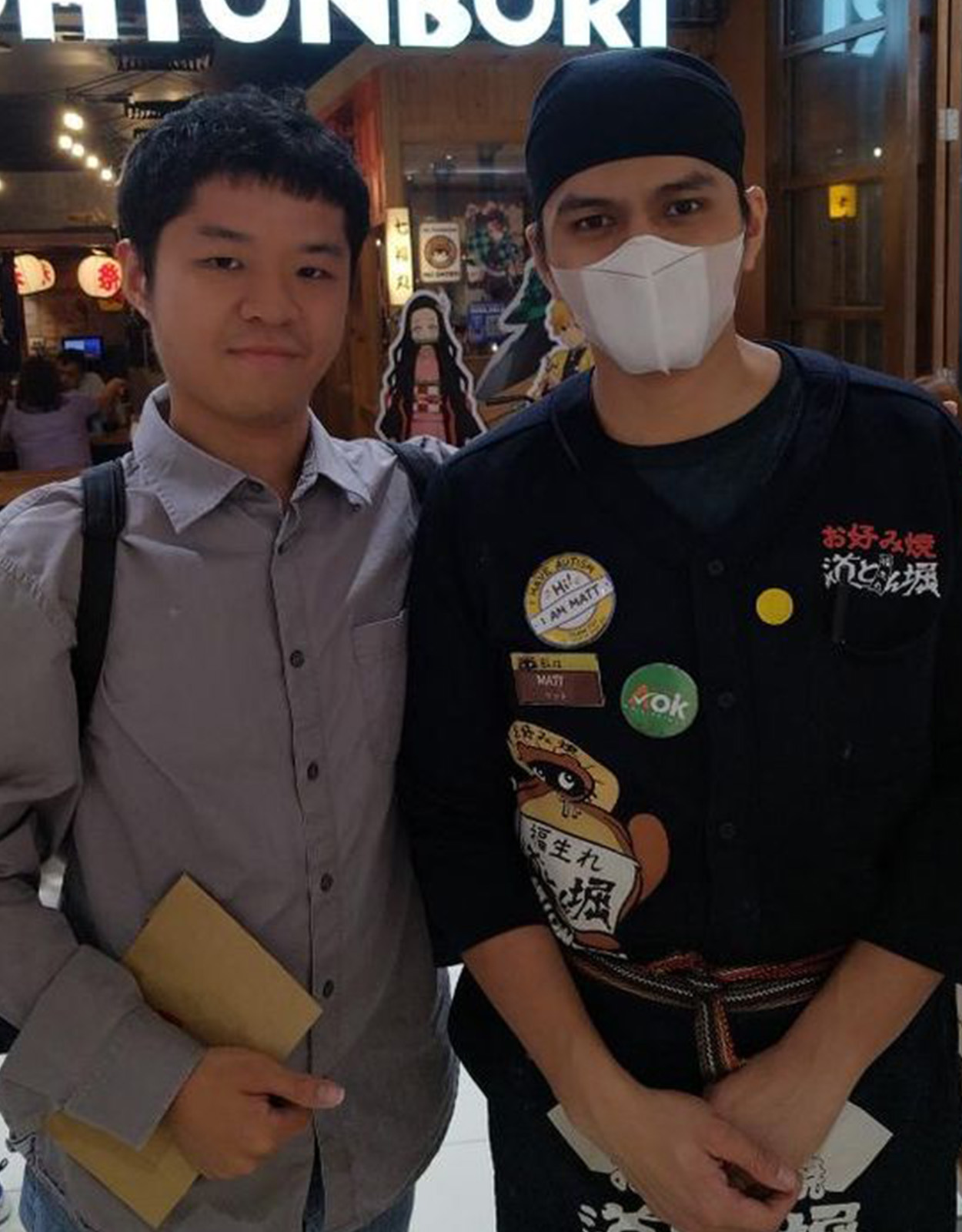
How do these adults live full lives?
Since the world still believes that those with ADHD or Autism will never amount to anything, these young adults challenge that old premise in their different professional fields. Especially for John Carlo, who sees his job, as an opportunity to advocate for other young adults like him. “Back in college, I joined an org that aims to bring to light the concerns of people just like me. But I still took therapy when I was young to help me adjust to socializing with others.”
Ricardo also added that as a young professional with ADHD in the crafting industry, it’s his responsibility to constantly “hype himself up” for the next project. “It’s really important to consistently and constantly affirm myself in a way that I at least remember what I’m capable of, especially because ADHD makes it difficult to juggle what the appropriate timeframe is to examine inner thoughts.”
Lance uses apps and a storage logic of attaching things to make sure he doesn’t lose things. “I attach large things to small objects that are easy to lose. Do my best to keep important things in my pocket instead of lying around,” Lance admits. “I keep important documents in only one place and try to organize as simply as possible instead of having many different places for things. Having an app that you can schedule and record, in the easiest, lowest-friction way possible, works for me.”
But coping for these adults can also be as simple as addressing ADHD or Autism’s other symptoms. Sensory Overload Disorder is one such symptom. But Larry copes by keeping his outfits simple to a sleeveless shirt or a button-up shirt. “It’s a lot harder to deal with my other clothes especially jogging pants and red clothes. So, I always wear comfortable clothes which, for me, is either a sleeveless top or a long-sleeved polo shirt.”
A world that’s becoming more inclusive
But like any person, these adults have found their communities and friends in the little pockets that embrace being neurodivergent. “I think it’s better to find other neurodivergent friends instead of trying to fit into other groups,” Lance points out. “There’s a comfort, I guess, to knowing there are others like you.”
When making a more inclusive world, sometimes, it starts with those who have seen it as possible. “Even in the Philippines nowadays, many younger people are more outspoken, and inclusive and love to post about autism awareness and other facts. I’m happy that things are changing in the rest of the world,” shares the JET associate.
Learn more about people who live with these needs:
Jim Bacarro and Saab Magalona-Bacarro: A Family’s Special Song
What Martin Nievera Learned About His Son’s Autism
10 Things About ADHD That Parents Need to Know
